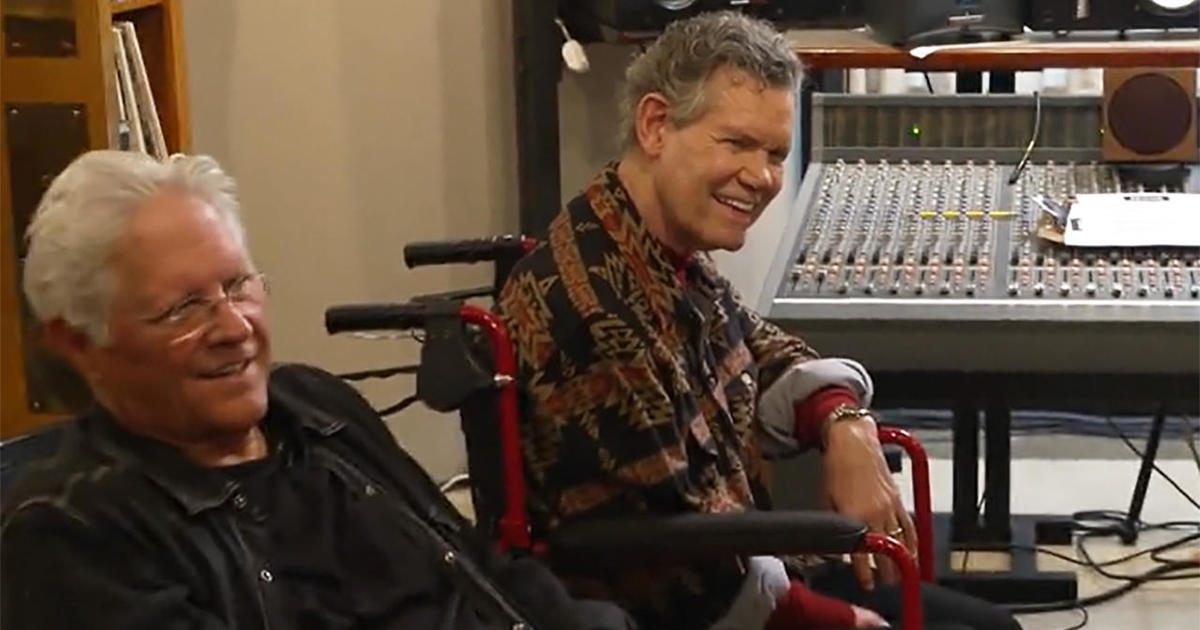Device that checks oxygen levels could be early warning system for coronavirus, doctor says
A New Hampshire emergency room doctor says simple technology could save lives in the fight against the coronavirus. Dr. Richard Levitan, who has three decades of experience, volunteered last month at Bellevue Hospital in New York City for 10 days and shared what he learned in a New York Times op-ed.
Levitan told "CBS This Morning" co-host Gayle King that people could potentially detect coronavirus earlier by checking their oxygen levels at home with pulse oximeters.
Read part of their conversation below.
Dr. Richard Levitan: People were sick for days, and then they only came in with shortness of breath, like, the day they presented. ... And they would arrive with oxygen levels that basically were incredible to us. I mean, almost unimaginable how people could be awake and alert and have oxygen levels that are half normal. … Normally we are 94% to 100% on these devices, these pulse oximeters that measure how much oxygen we have in our blood. And people were showing up with oxygen levels of 50%. Now, this matches the level of oxygen that we've measured on the summit of Mt. Everest. And it's amazing to me that patients could be sick for days, getting sicker, not realizing it.
Gayle King: So they had these very low oxygen levels, but they had no sensation of, "I can't breathe." Is that the point you're making?
Levitan: Yeah. Exactly.
King: You were surprised that some of them were still talking on cellphones. Why is that significant?
Levitan: You know, what is amazing to me with this disease is people's brains are working fine. … Their oxygen levels have gone down to scary low levels, but it has happened slow enough that their body has accommodated. So they are not like every other patient we see with serious lung disease … What I'm saying is this disease kills by silent hypoxia, and patients should understand that shortness of breath is a late sign.
King: Hypoxia is what, exactly?
Levitan: Low oxygen.
King: And the reason why it's so important to get this early warning is because it could avoid you being on a ventilator and having to be intubated, right?
Levitan: Absolutely. So, you know, we think this pneumonia basically has two phases. … This silent hypoxia period, where the oxygen's drifting down, but you feel okay. And then the second part of this disease, the part of this disease that kills, is when all of a sudden your lungs get stiff, carbon dioxide finally starts to build up, you begin to feel short of breath, and those patients are the patients who are presenting with COVID pneumonia.
King: By then, in some cases, it's too late. By the time you go to the hospital and you can't breathe, it's a very serious, often dire situation.
Levitan: Yeah, but let me just reassure people that what the lessons learned in New York are, are that we don't have to put in breathing tubes, even in most of the people who show up with advanced COVID pneumonia.
King: We don't?
Levitan: No. … They did a study of 50 patients, and what we learned is that even people who showed up with significant COVID pneumonia, we could keep off of ventilators three out of four of them. So 75% of patients didn't need ventilators. But they needed oxygen. They needed to do what we call positioning maneuvers. So we put them in different positions to help open up areas of their lungs.
King: How do you know, Dr. Levitan, when you should even check your oxygen levels?
Levitan: Let's talk about Germany. The Germans have the lowest death rates in Europe. What they do is every patient who has COVID, they visit every day and they check their oxygen and they check their vital signs. And so, what I'm saying to you is if you're having symptoms of viral illness, if you're known to have COVID, you should be checking your oxygen. … If you don't have an oximeter, increased breathing may be a sign of that, but also just feeling worse.
King: I think most people listening to you will now think, "I need to get an oximeter." Can you explain exactly what that is and how it works?
Levitan: Basically, you know, you just turn this little button on, and you put it on your finger, and within about 10 seconds or so, it displays your heart rate and your oxygen level. ... I think that oximeters in the midst of a respiratory pandemic, and for the next 12 to 24 months, that the public should think of an oximeter the way they do a thermometer. … It is a tool that they can have at their home that they can check, and that they can call up their doctor and say, "Hey, my pulse oximeter is reading consistently at this number. Is that something I need to be concerned about?"
King: I think every day we're learning something new about this COVID-19, and it seems to be such a moving target, always changing.
Levitan: What I'm telling you is actually hopeful. What we are learning about this disease is it attacks primarily through one pathway, and that's the lungs. We know when it is going to attack. It is going to attack between five to 10 days after infection. … And we know we have a way to detect it earlier, and that way is by close monitoring of pulse oximetry. … And what I'm saying to you is that as the public health messaging shifts, … we can move the treatment curve earlier and do much better for patients.



